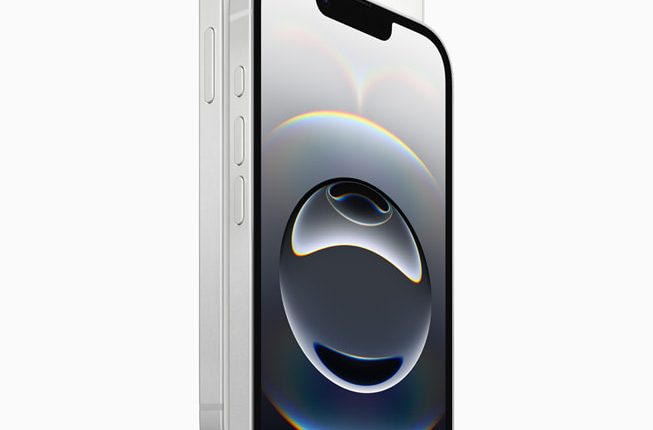Apple has officially launched its first product of the year, introducing the iPhone 16e as the latest addition to its smartphone lineup. This release comes alongside the discontinuation of three existing models—the iPhone SE, iPhone 14, and iPhone 14 Plus.
For several years, Apple’s lower-cost iPhone option has been the iPhone SE, which retained a design reminiscent of older iPhone models while coming with newer processors. Many industry analysts and consumers expected Apple to continue the SE branding for its next affordable device (namely, the iPhone SE 4). However, from the looks of it, Apple has now officially moved forward with the “iPhone 16e” name instead of introducing a fourth-generation iPhone SE. By launching the iPhone 16e, Apple is effectively replacing the iPhone SE as well as the iPhone 14 and iPhone 14 Plus, which were previously available as lower-cost alternatives to the latest flagship models.
The iPhone SE was, prior to this development, Apple’s most pocket-friendly smartphone and was priced at $429, while the iPhone 14 and 14 Plus were positioned as mid-tier options. By discontinuing these models, the starting price for a new iPhone now increases to $599, making the iPhone 16e the most affordable option currently available from the Cupertino firm. This is likely to affect budget-conscious consumers, especially in markets such as China and India, wherein consumers prefer the smaller form factor and lower price of the iPhone SE. Additionally, the removal of the iPhone 14 Plus means that users seeking a larger-screened iPhone at a lower price point will now have to opt for the iPhone 15 Plus or a more expensive model.
“iPhone 16e packs in the features our users love about the iPhone 16 lineup, including breakthrough battery life, fast performance powered by the latest-generation A18 chip, an innovative 2-in-1 camera system, and Apple Intelligence,” Kaiann Drance, Apple VP of Worldwide iPhone Product Marketing, commented on the matter. “We’re so excited for iPhone 16e to complete the lineup as a powerful, more affordable option to bring the iPhone experience to even more people.”
Unlike the previous SE models, which featured a compact form factor with a physical Home button, the iPhone 16e adopts a 6.1-inch Super Retina XDR display, mirroring the size and appearance of the iPhone 14. This move does away with the last remaining iPhone with a Home button, meaning users who prefer Touch ID will have to rely on older models or consider other authentication methods.
One of the most notable changes in the iPhone 16e is the inclusion of the A18 chip, Apple’s latest processor built on second-generation 3-nanometer technology. This chip delivers improved performance, power efficiency, and better support for AI-driven features under the company’s Apple Intelligence suite. Additionally, the device is equipped with Apple’s new C1 modem, marking the company’s first in-house cellular modem as it moves away from reliance on Qualcomm’s components. The iPhone 16e also features a single 48MP rear camera with an integrated 2x zoom feature.
The device will come with support for Apple Intelligence (and its host of AI-powered features) and be available in multiple storage configurations, including 128GB, 256GB, and 512GB, and comes in black and white finishes. Pre-orders for the iPhone 16e will begin on February 21, with official sales commencing on February 28, and Apple confirms that the iPhone 16e will be available in 59 countries and regions, including major markets such as the US, Canada, India, and several European and Asian countries. In addition to this, the Cupertino-headquartered tech titan will bring expanded language support for Indian users, allowing them to set their primary iPhone language to several Indian languages starting in April.
The Tech Portal is published by Blue Box Media Private Limited. Our investors have no influence over our reporting. Read our full Ownership and Funding Disclosure →






